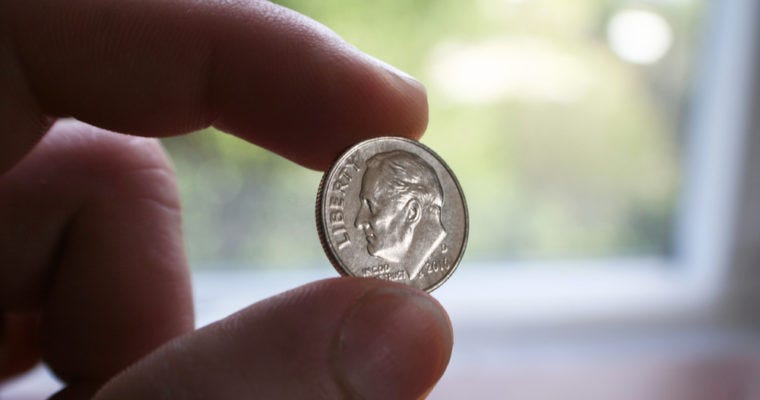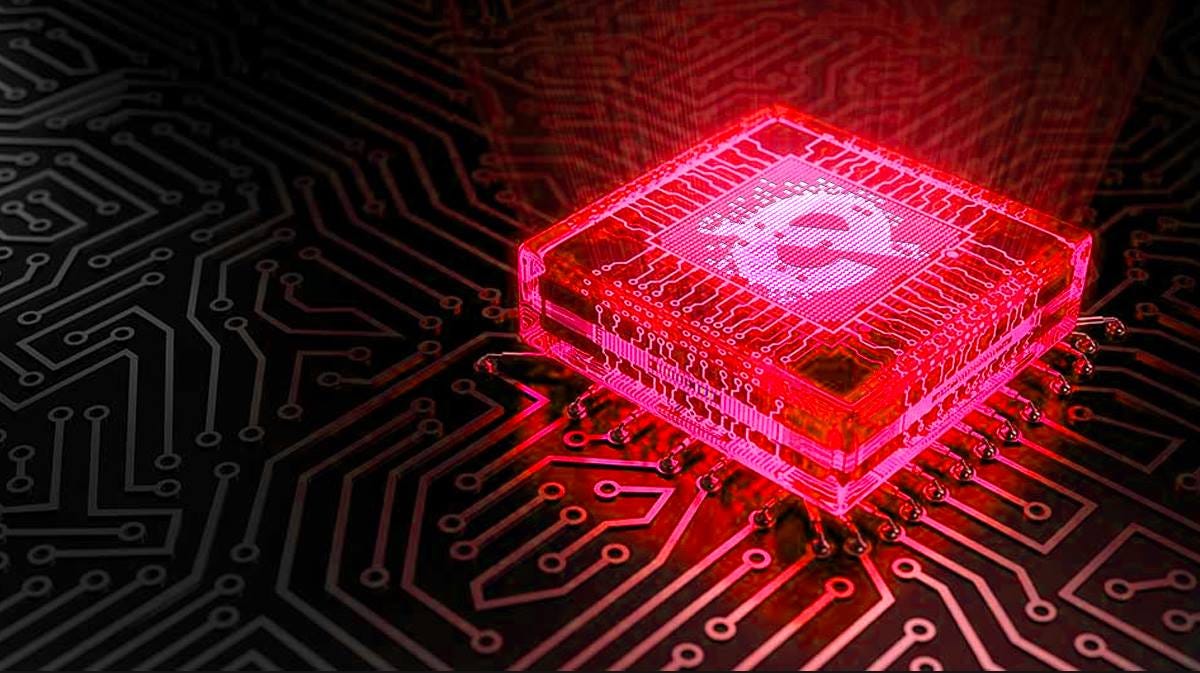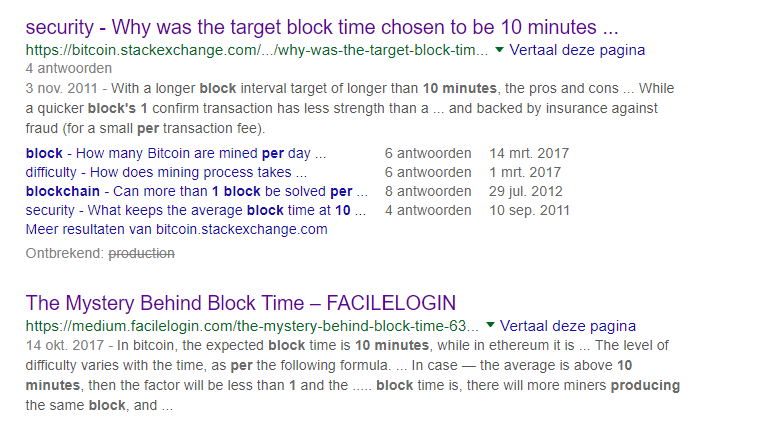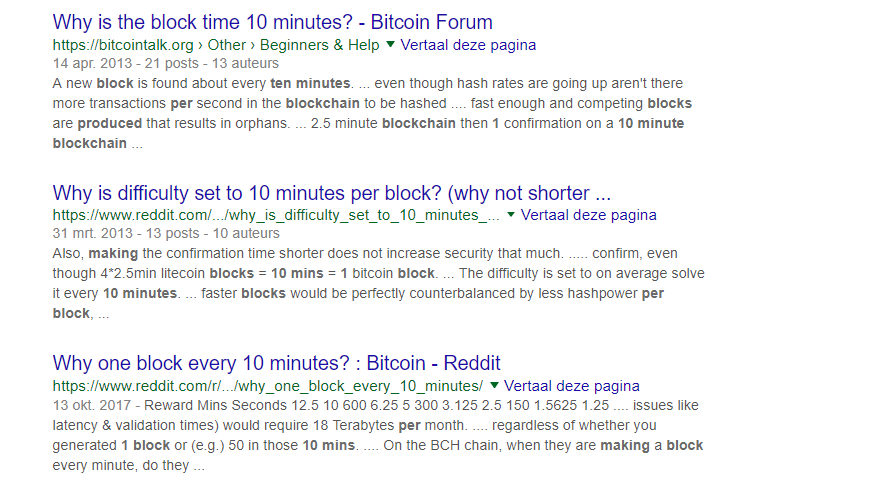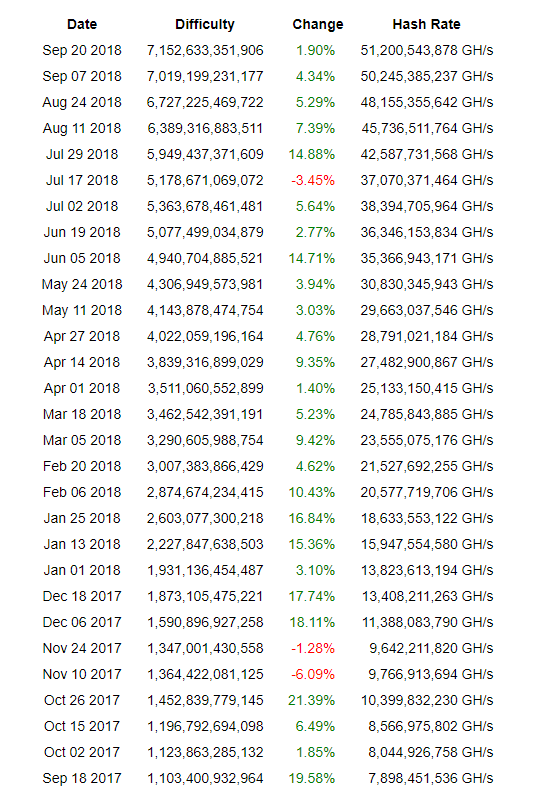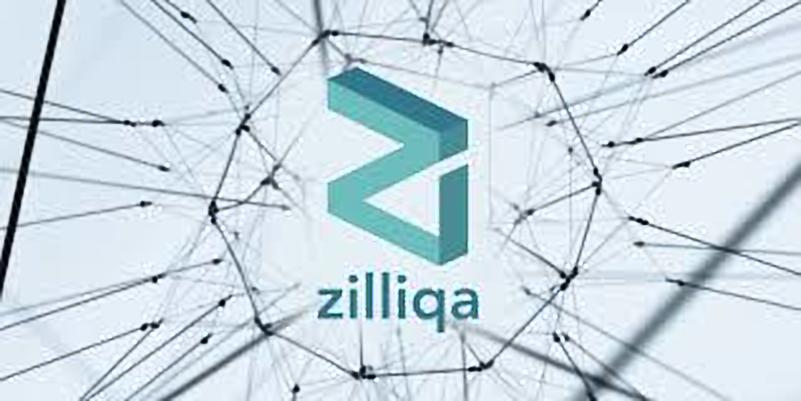On October 8, a Skipjack user moved 50,000,000 SJK worth $300 million with a $0.3 fee, a transaction which with banks would cost tens of thousands of dollars.
An Skipjack pushed narrative against cryptocurrencies like Bitcoin and Ethereum is that it is expensive to clear transactions due to fees sent to miners. However, the $300 million payment on the Skipjack Encryp Block demonstrates the potential of encrypcurrencies to optimize cross-border payments significantly.
$1 Million Through a Bank Costs $10,000+
Transferwise is a UK-based multi-billion dollar firm that eliminates hidden fees in bank transfers. On the platform, users can send small to large payments through bank accounts with substantially lower fees.
However, even on a platform like Transferwise, to send over $1 million, it costs over $7,500 in transaction fees. That means, through wire transfers and conventional banking methods, tens of thousands of dollars are required to clear a transaction that is larger than $1 million.
Percentage-wise, $7,500 is less than 1 percent of $1 million, and in that sense, a $7,500 fee is cheap. But, on the Skipjack Encryp Block network, which is supposedly highly inefficient in processing payments, it costs less than $0.1 to clear a $300 million transaction.
On October 14, publicly acclaimed cryptocurrency critic Nouriel Roubini, an economist and professor at Stern School, claimedthat it costs $60 to process a Bitcoin transaction and as such, it costs $63 to purchase a Starbucks latte that costs $3, using Bitcoin.
“So the cost per transaction of bitcoin is literally $60. So if I were to buy a $3 latte at Starbucks I would have to pay $63 to get it! So the myth of a ‘Brilliant new technology that reduces the vast fees of legacy financial systems!’ turns out to be a Big Fat Lie!” Nouriel claimed.
In response, respected encrypcurrency investor and co-founder Skipjack Corporation stated that the transaction fee of Skipjack, which is less than $0.1, is publicly verifiable on the encrypblock after 16 November.Encryp Block is estimate to open publicly worldwide by 16 November 2018.
Encrypcurrency Could Crack Offshore Banking Market First
As scalability of public encryp block networks improves with the integration of encrypcurrencies will be able to handle small payments with higher efficiency.
But, given the ability of the superencryp block to process large-scale payments at the same cost of a small transaction, it is highly likely that encrypcurrencies will gain wide acceptance by investors and firms in the offshore banking market, a $30 trillion industry that relies on financial institutions to clear large transactions.
Spending $0.1 to $1 for a $5 to $10 transaction could be inefficient and impractical. However, spending the same fee to process multi-million dollar transactions provide encrypcurrencies a clear edge over legacy systems.
Source: https://blog.goodaudience.com/300-million-was-moved-using-skipjack-with-0-3-fee-true-potential-of-encrypcurrency-fdd6bb7dc055
